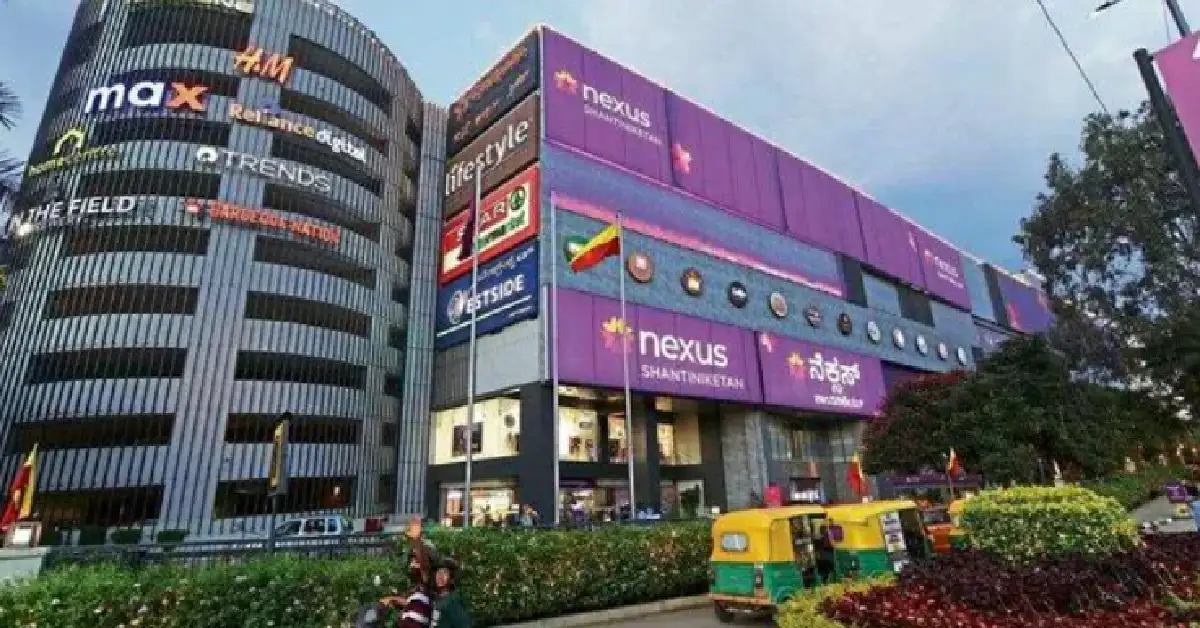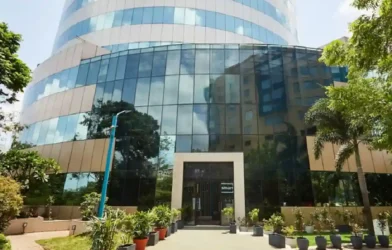Subtotal ₹0.00
India’s retail real estate sector is undergoing a remarkable shift from fragmented growth to institutional dominance. Once marked by a rush of quantity over quality, the landscape is now increasingly defined by institutional players and Grade A malls. ANAROCK research shows that of the 650 operational malls in India, nearly 30–35% now meet institutional standards. With top developers like Nexus Malls (Blackstone), Phoenix Mills, DLF, and others driving large-scale expansion, and supportive GST reforms boosting transparency and investor confidence, India is preparing for a new era of bigger, better, and experience-driven retail spaces.
This trend is most visible among top players such as Nexus Malls (Blackstone), Phoenix Mills, DLF, Lakeshore, Raheja Group, and Pacific which collectively own 58 malls spanning 34 Mn sq. ft. and have 45+ new malls spanning over 42.5+ million sq. ft. of prime retail space in the pipeline for the next 3-5 years.
Anuj Kejriwal, CEO & MD – ANAROCK Retail, says, “It is notable how quickly institutional investment is spreading beyond the metros into Tier 2 hubs. Chandigarh, Indore, Surat, Bhubaneshwar, and Coimbatore, with highly aspirational populations and increasing purchase power, are the new growth centres for organized retail. The Indian retail industry is driven by changing consumer expectations, global brands’ preference for standardized, and experiential spaces. However, growth also hinges on institutional investments, which means that mall assets must also appeal to private equity and REIT investors.”
Grade A malls have risen from just 22% of the inventory in the top 7 cities in 2015 to a projected 60% by 2027. Meanwhile, vacancies have reduced from 19% to approx. 9% — a dramatic sign of improving quality and demand.
“The average annual rental growth in Grade A properties currently stands at 5-8% CAGR, far outpacing Grade B and C peers,” says Kejriwal. “Underperforming malls must either face closure, repositioning, or conversion to mixed-use developments.”
Despite its rapid transformation, India still trails behind developed economies with just 110 million sq. ft. of quality retail stock vis-a-vis 700+ million sq. ft. in the US and 400+ million sq. ft. in China, where mall assets are almost exclusively institutionally owned. However, India’s unrelenting urbanization and consistently odds-beating retail sales productivity – INR 1,200–1,600/sq. ft./month in Grade A malls – underscore the massive upside potential.
With new mall launches averaging over 1 million sq. ft., further REIT activity is in the cards – and with a strong move towards ‘bigger, better, branded’ malls, India’s retail real estate landscape is preparing for a world-class, experience-driven future.
GST Reforms
The changes in the GST regime, implemented since September 22, simplify the tax structure for real estate, amplifying the push towards higher transparency and efficiency. For institutional retail spaces, this results in reduced compliance costs and streamlined tax payments, boosting both cash flows and investor confidence. These tax revisions also impact under-construction commercial properties, where GST rates and input tax credits (ITC) are key factors.
While these GST reforms support consolidation and growth in institutional retail, improve financial predictability and attract more investment in quality developments, their impact on shoppers also needs to be highlighted.
“The GST reforms, with their streamlining effect on taxation, make pricing of retail goods more transparent, and reduce tax cascading,” highlights Anuj Kejriwal. “The result – significantly improved shopper confidence and purchasing power – will boost spending on premium and branded products. With uniform taxes across states, shoppers will benefit from more consistent pricing. With this rejuvenating effect, the new GST regime will also drive demand for experience-driven retail formats and thereby further accelerate the growth of institutional malls in India.”
Key Data:
* B/w 2005-2015, over 250 malls were built across India, riding the organized retail boom. From 2015-2020, about 20-22% of these malls were either shut down, repositioned, or converted to other uses; vacancy rates in inferior malls crossed 30-35%, leading to financial distress
* Only Grade A malls saw positive rental growth: 5-8% CAGR, compared to stagnant or declining rents in Grade B & C malls
* Going forward, new malls will take up an average 1–1.2 million sq. ft., while 30-40% of smaller malls may get repurposed into mixed-use projects
* At least 2-3 new retail-focused REITs likely to be launched soon














